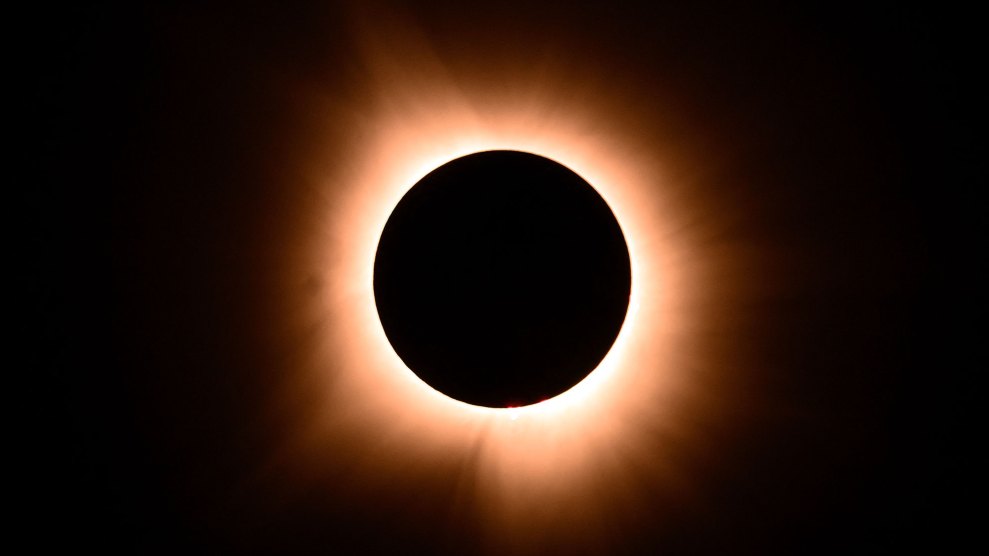Kim Jong Il has finally agreed to shut down the plutonium production facility at Yongbyon, rare good news in the longstanding dispute over North Korea’s nuclear weapons program. For those of you who, like me, have grown disoriented by the constant twists and turns in this story, a piece in today’s Washington Post offers a good recap of the last few years of diplomatic wrangling. An extended excerpt after the break.
Kim’s government has based much of its power on the military, and possession of nuclear weapons has been described in North Korean propaganda as a matter of national pride. But the thought of nuclear weapons in the hands of Kim and his aides has unsettled his Asian neighbors, including China. As a result, they have persisted in the six-party negotiations despite repeated delays and abrupt changes of position by North Korean diplomats.
North Korea’s decision to go ahead with the Yongbyon closure, for instance, came only after nearly two years of wrangling over about $25 million in North Korean accounts blocked in a Macau bank.
The funds were frozen because of U.S. Treasury Department allegations in September 2005 that they were tainted by money laundering and counterfeiting. After months of insisting the Treasury accusations were a law enforcement matter separate from the nuclear talks, the Bush administration switched positions and promised to get the money liberated, leading to February’s milestone agreement. But several months more passed while Hill struggled to find a banking system that would handle the allegedly tainted money. Ultimately, the funds were transferred out of Macau via the Federal Reserve Bank of New York into the Russian banking system and, from there, transferred into North Korean accounts in a Russian trading bank near the border with North Korea
Diplomats from the six nations have suggested that, should they be successful, the North Korean nuclear negotiations could eventually evolve into a permanent forum for East Asian security cooperation, bringing North Korea into a closer relationship with its neighbors. But as Hill did in Japan on Saturday, they acknowledge they have a long road ahead before anything like that is possible.
Saturday’s announcement, while widely applauded, essentially returned the East Asian landscape to what it was in 2002, when operations had been suspended at the Yongbyon reactor under an earlier deal put together in 1994 under the Clinton administration.
U.S. diplomats said in 2002 that North Korean representatives acknowledged a secret uranium enrichment program — something North Korea has steadfastly denied since then — and the Bush administration stopped the oil shipments that were part of the 1994 deal. In return, North Korea expelled U.N. weapons inspectors, quit the nuclear Non-Proliferation Treaty and restarted operations at Yongbyon.
The North Korean government had made no formal announcement by early Sunday. But a diplomat at the North Korean U.N. mission, Kim Myon Gil, told the Associated Press that the reactor was shut down Saturday and its closure would soon be verified by the U.N. inspectors.














